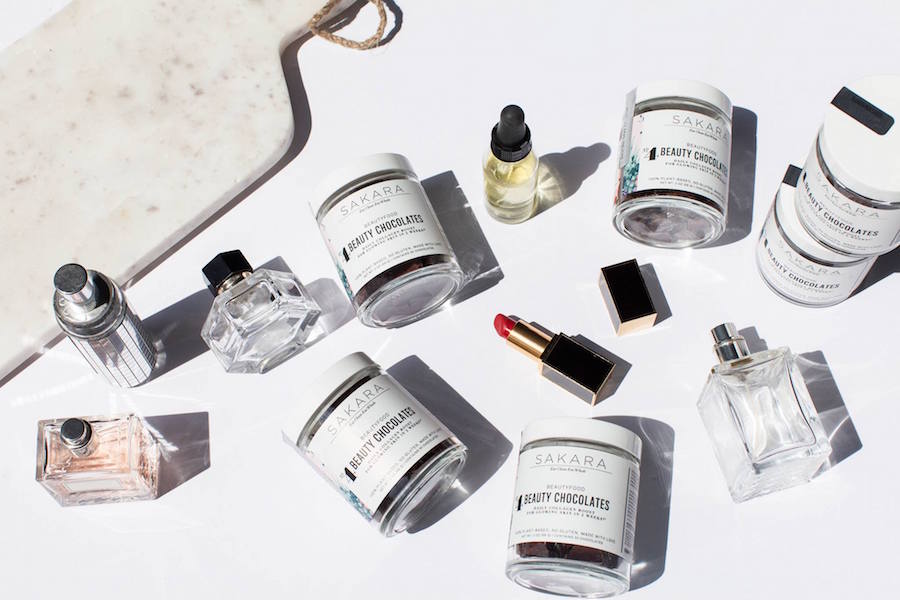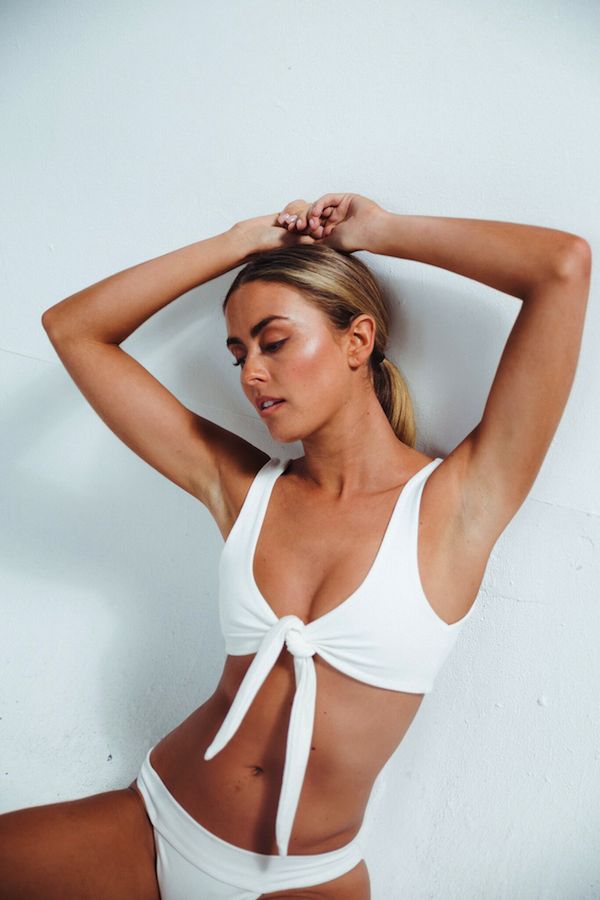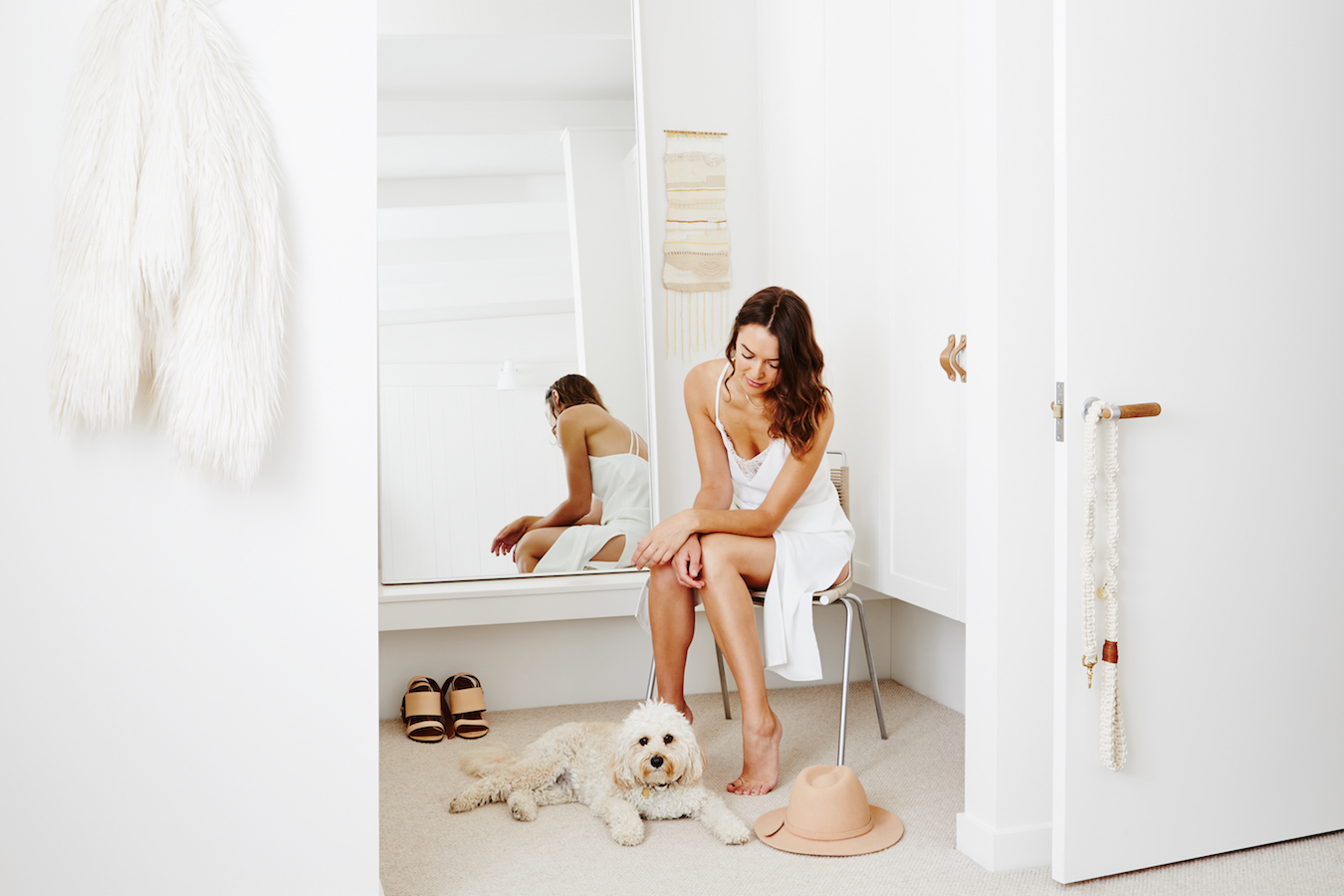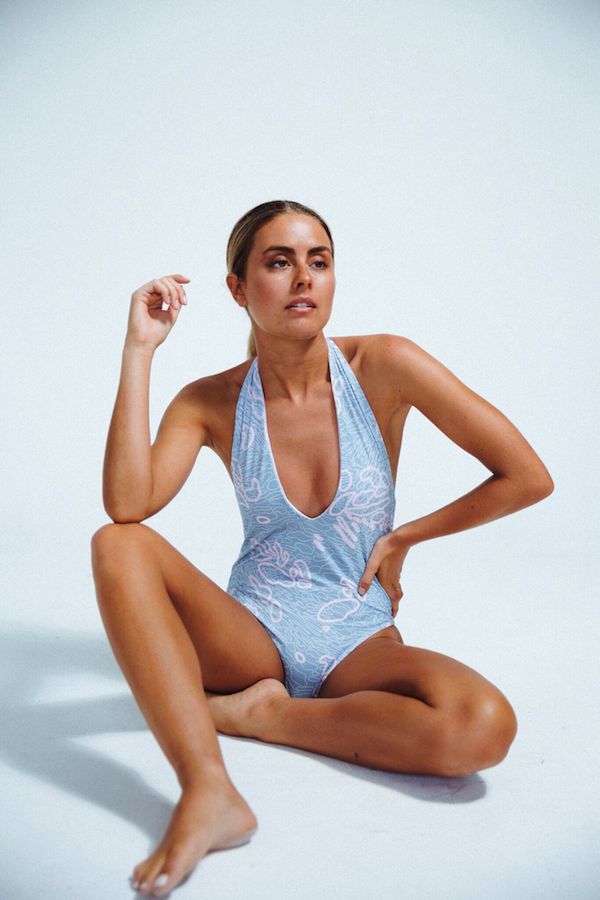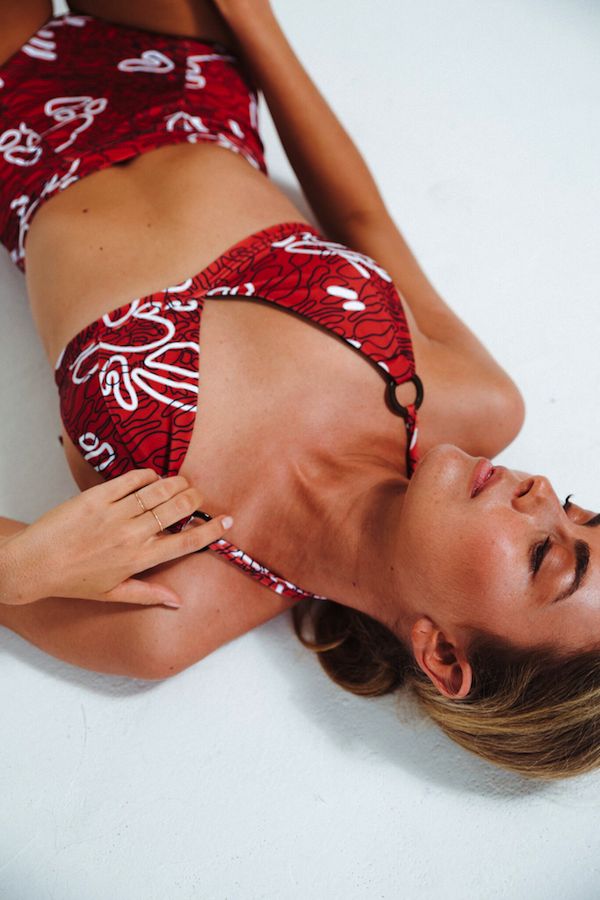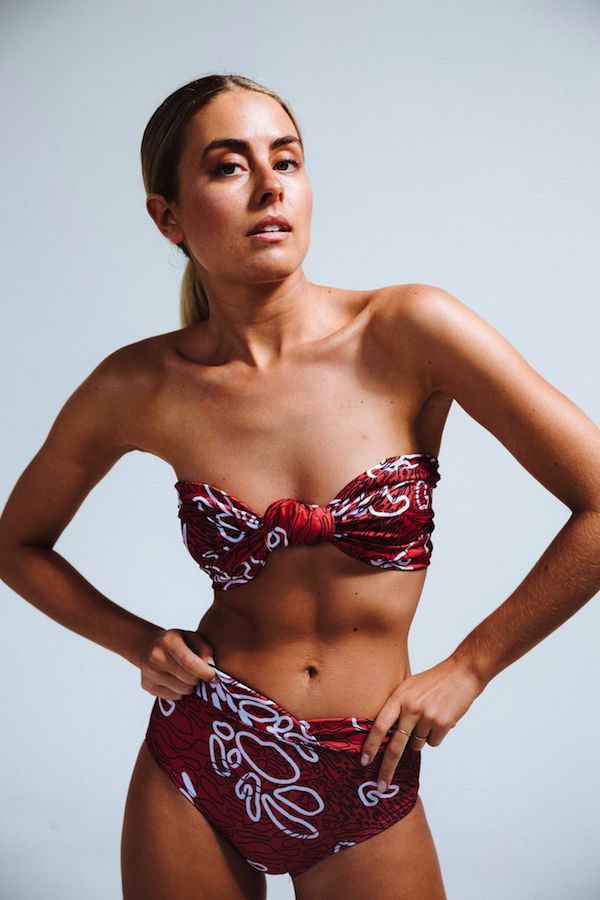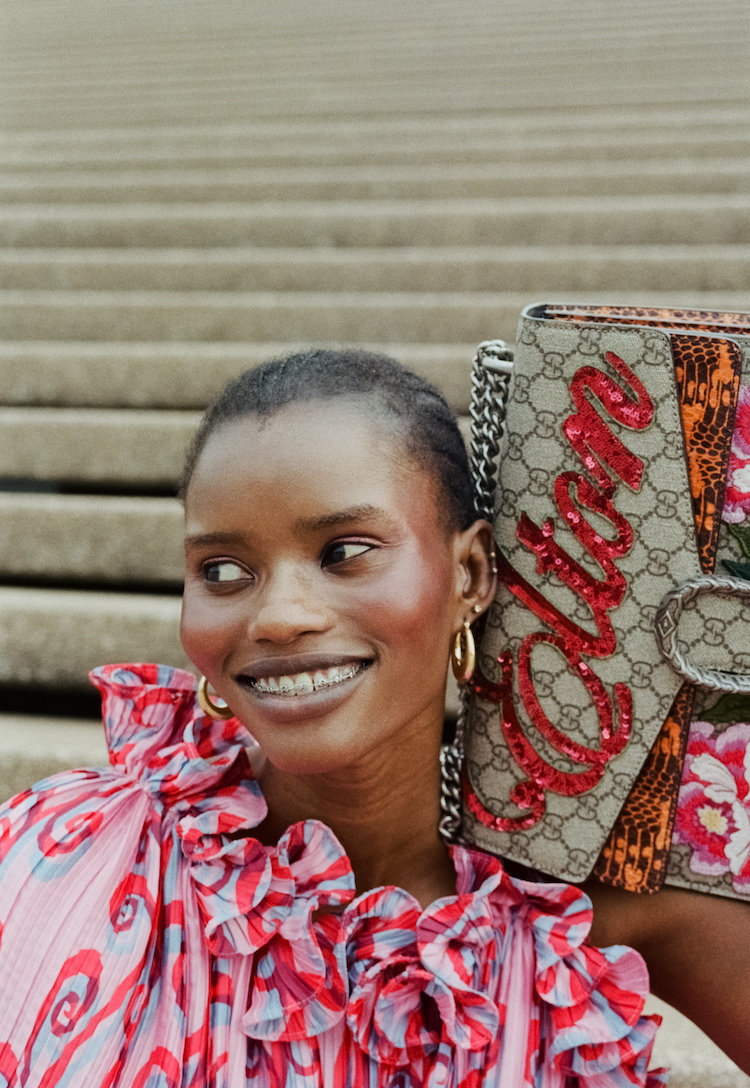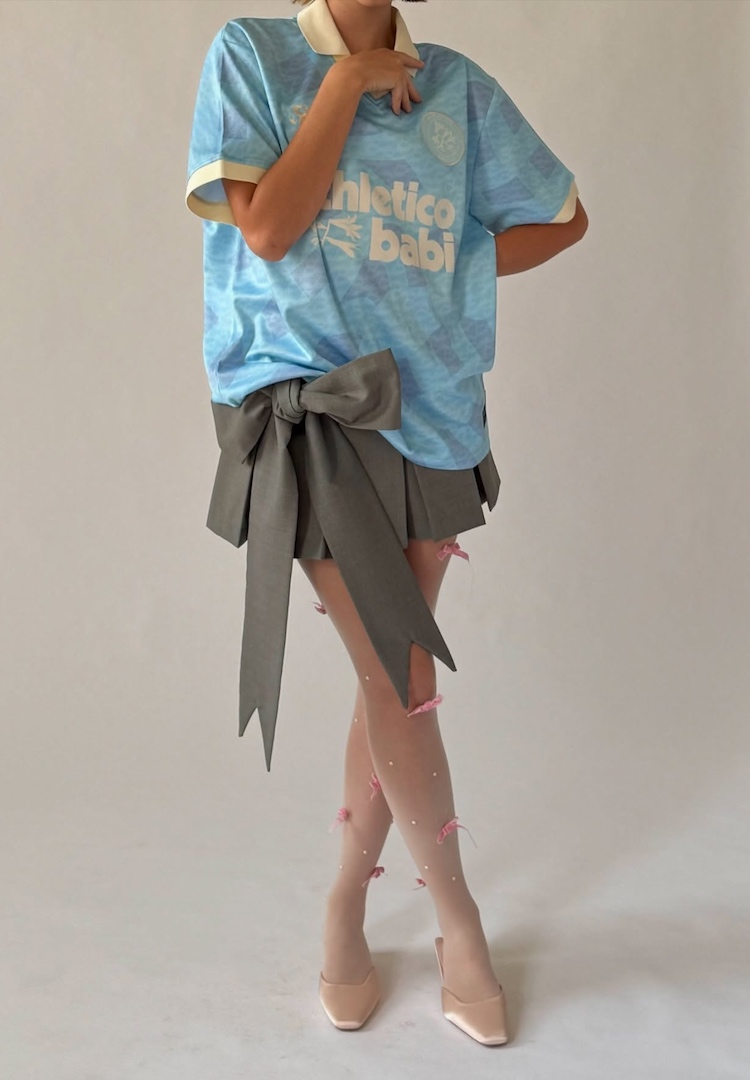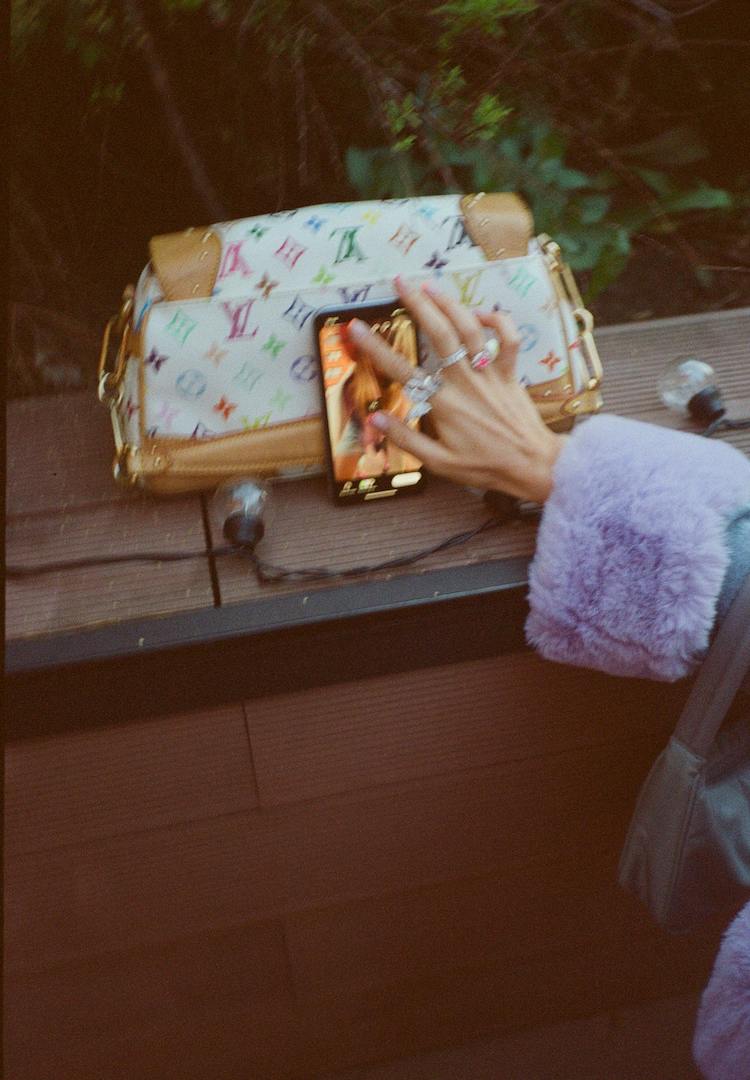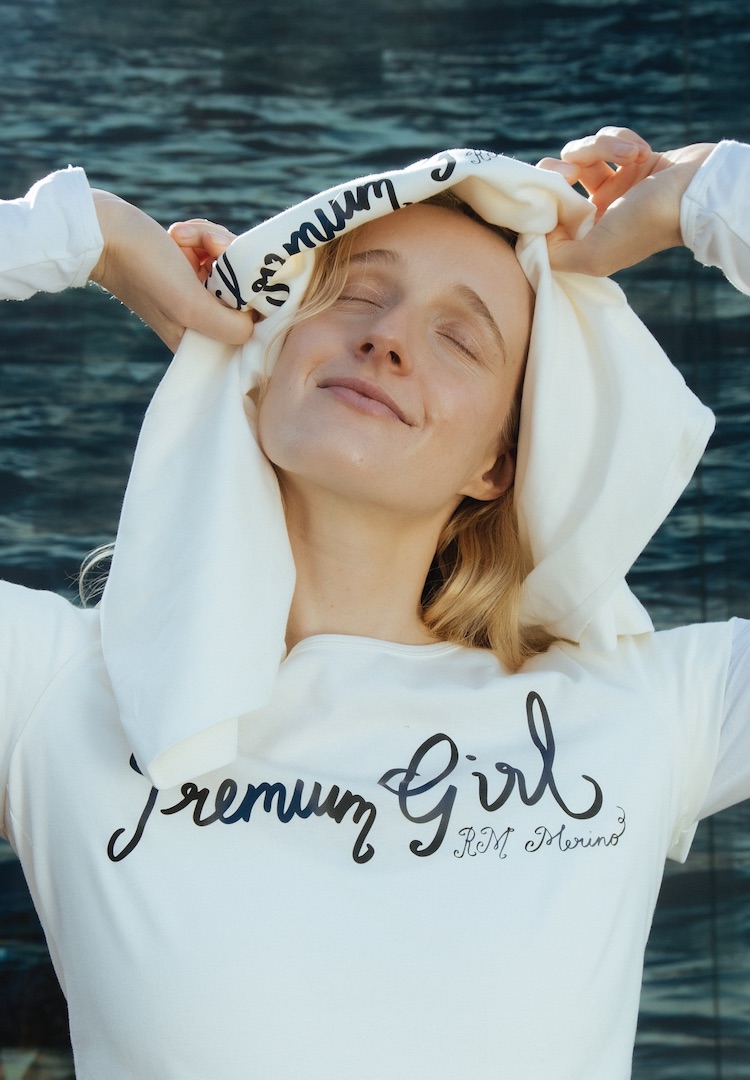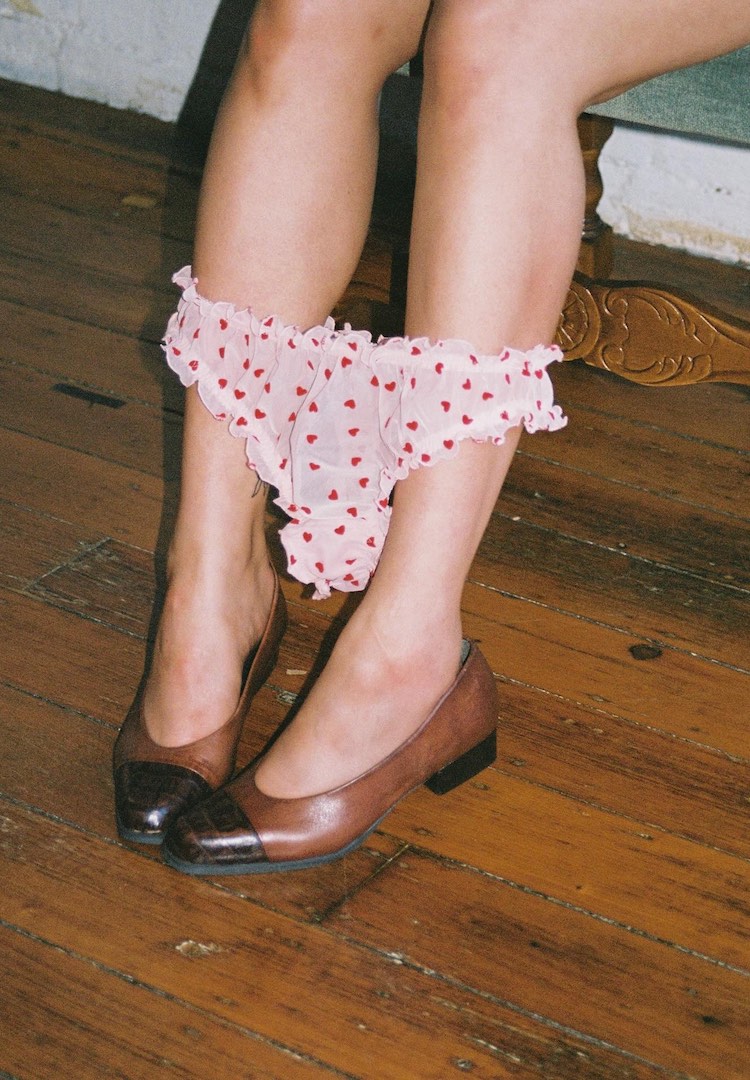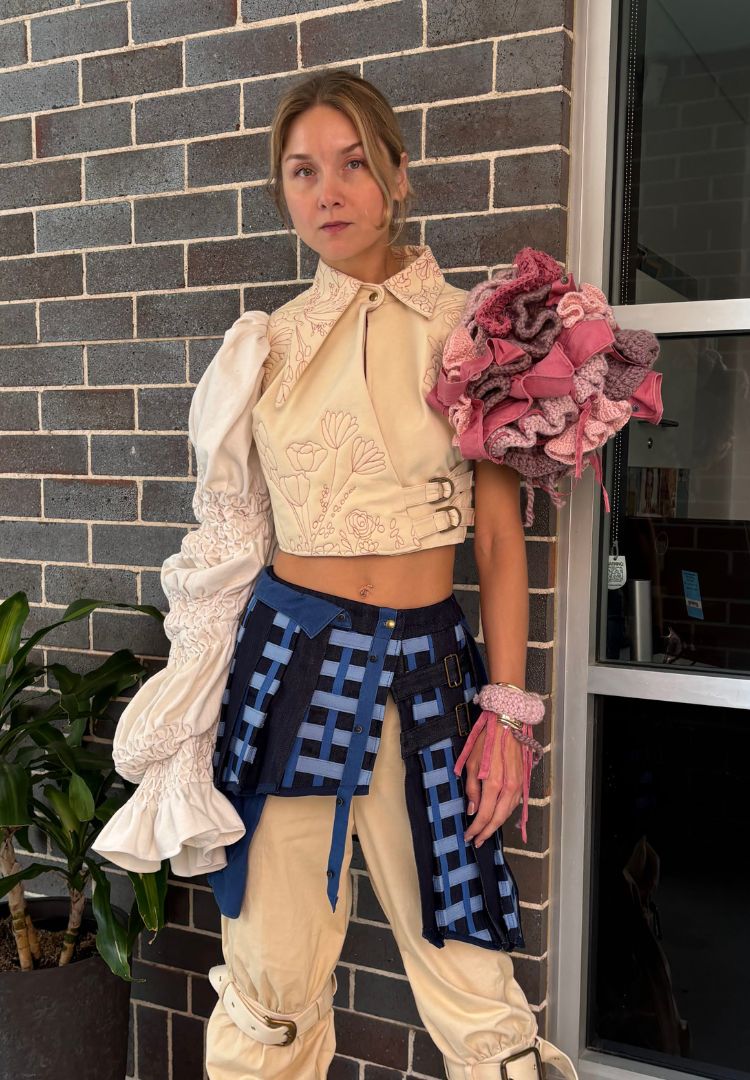The importance of knowing where your clothing comes from, as told by swim label LE BUNS
The right direction.
If you’re keen to know who made your clothes, one way to find out is by asking.
That’s what we did with LE BUNS.
While its organic intimates and recycled swimwear are notable alone, the label’s approach to production is something to write home about.
LE BUNS takes a no-waste attitude to manufacturing, working with a family-owned boutique business in Bali, known for its ethical practices. Not even cuttings or scraps are thrown away, with all remnants given to a local charity to make dolls for disadvantaged youth in the local area.
On the topic of sustainable production, designer Keisha Dessaix’s opinion carries some weight. Dessaix has experience on all sides of the fashion spectrum, starting her career with a fast fashion startup, before working with internationally-renowned luxury brands, Paul Smith and Miu Miu. Now championing a sustainable approach through LE BUNS, we were keen to hear her thoughts.
Why recycled swimwear and organic intimates?
I came to understand the amount of wastage the industry creates, and the damage this can do to the environment. I focus on designs that are minimalistic yet have long-term appeal, to lessen the footprint we make.
Is it expensive to use recycled materials?
Yes, but not as expensive as you may think. LE BUNS’ swimwear fabric is a premium material and offers the owner longevity of wear and a sustainable alternative. I wanted to make a product that minimised waste by ensuring we get the most out of the materials, while also supporting a sustainable and ethical manufacturing process.
Can you briefly explain the process?
My designs are produced exclusively with a family-owned boutique business, who pride themselves on ethical manufacturing practices. Time is taken to ensure the manufacturing process is managed in a highly sustainable manner. Together, we produce our swimwear using innovative, luxurious, regenerated nylon made from recycled fibres such as fishing nets. These would otherwise be polluting the sea, causing harm to wildlife and the environment. By avoiding the use of heavy machinery typically used in production, at a bare minimum, we’re conserving water and energy use, and taking the time to make sure the people who produce our fabrics and collections are treated well. Almost everything in the factory is reused, which means very little waste.
Who does the print art on your designs?
I’m lucky enough to have a very talented friend, George Whish, who is a Melbourne print artist. We wanted to collaborate and create a print reflective of the spirit of the label’s positive connection with the coast and sea. The ‘Tide Lines’ design for LE BUNS’ next swimwear collection is a digital print, produced on a luxe nylon textile made from recycled fishing nets. This design evolved from many visits to the peninsular beaches of Victoria.
What’s one way people can reduce their environmental impact?
We all have the ability to protect our natural world by making the right choices! In Australia, consumers send 6000kg of clothing to landfill every 10 minutes, which ends up polluting the environment. Carefully consider your purchases and try not to get caught up in the hype of a cheap deal – it still comes at a cost! Seek out quality products that are designed to last and versatile pieces that have more than one way to be worn, to get the most wear out of them.
This article was originally published in Fashion Journal 167. You can read it here.

